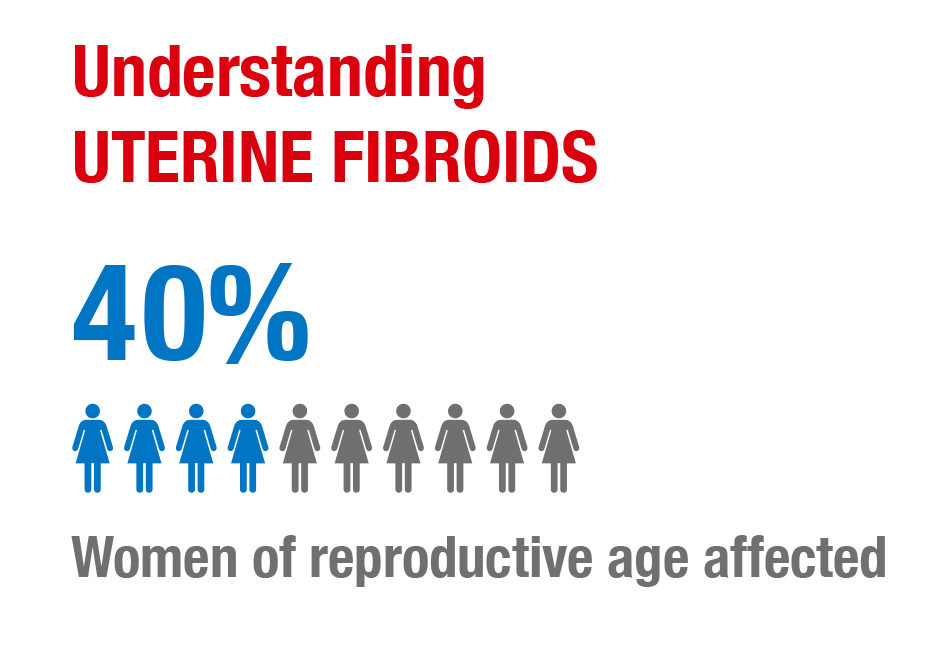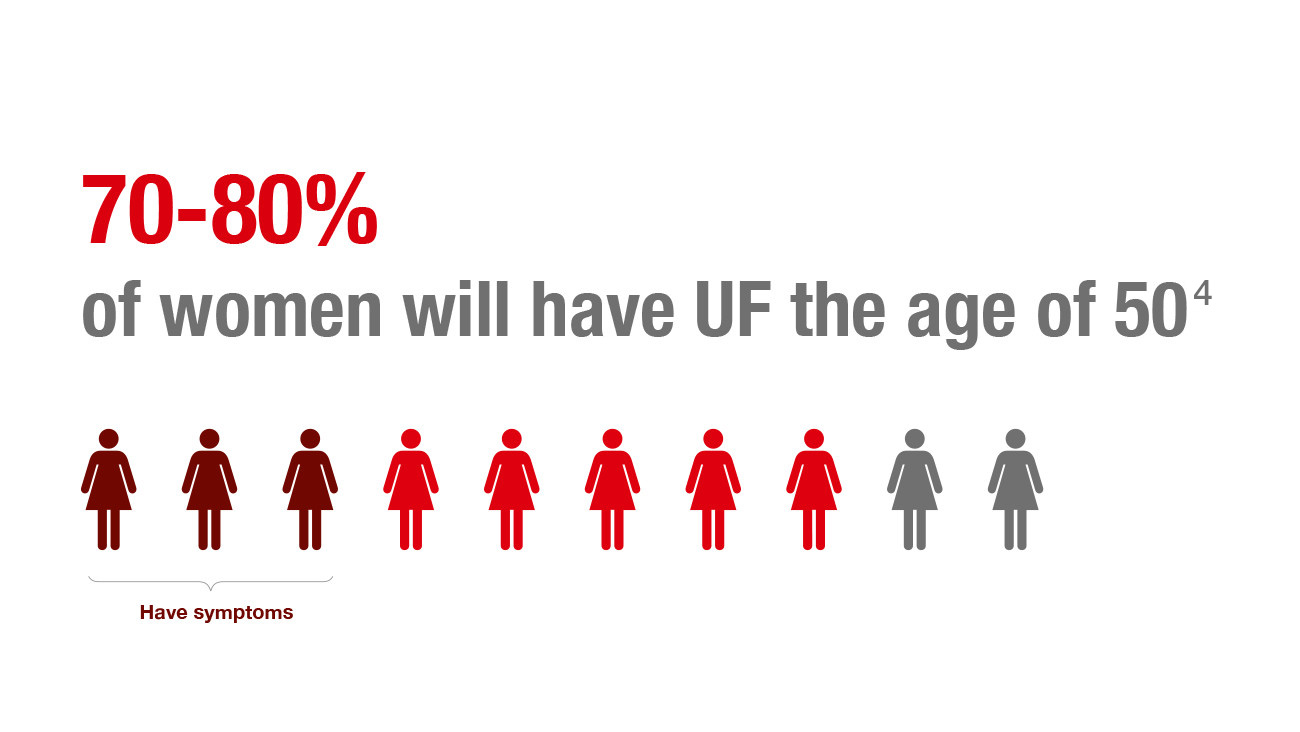The pathophysiology of uterine fibroids (also called leiomyoma, fibroma, fibromyoma, myoma or leiomyofibroma) is not well understood. There is, however, some epidemiological evidence to suggest a genetic predisposition for non-syndromic uterine fibroids, although no specific gene has yet been identified.
Oestrogen and progesterone are recognized as promoters of tumor growth, and the potential role of environmental oestrogens has only recently been explored. Growth factors with mitogenic activity, such as TGF-β3, bFGF, EGF, and IGF-I, are elevated in fibroids and may be the effectors of oestrogen and progesterone promotion12.
Several predisposing factors have been identified as being associated with uterine fibroids, including black race, heredity, nulliparity (the condition of never having given birth), obesity, polycystic ovary syndrome (PCOS), diabetes, and hypertension, and there is emerging evidence that familial predisposition to uterine fibroids is associated with a distinct pattern of clinical and molecular features compared with uterine fibroids in families without this prevalence13.






